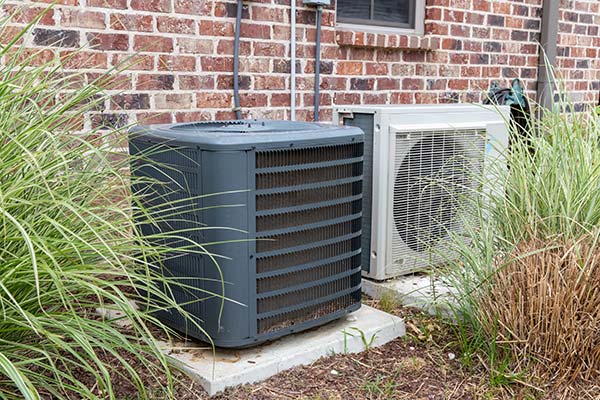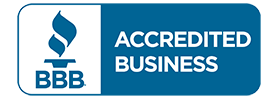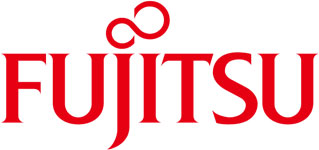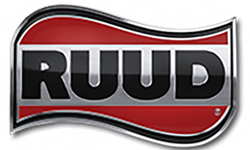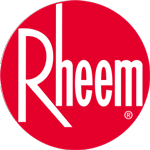The cost of heating and cooling your home can be one of the most significant expenses on your monthly utility bills. Fortunately, the federal government offers tax credits and rebates to encourage homeowners to invest in more energy-efficient heating and cooling systems. Heat pumps and air conditioners that meet specific energy efficiency standards may qualify for these incentives. Here are some tips to help you make the most of tax credits and rebates:
Understanding Tax Credits for Heat Pumps and Air Conditioners
The federal government offers tax credits to homeowners who install energy-efficient heating and cooling equipment. The credits can be claimed on your income tax return, reducing your tax liability. The amount of the credit varies depending on the type of equipment you purchase and the year in which it is installed. For example, in 2022, you can claim a tax credit of up to $300 for a qualifying air conditioner or heat pump.
The equipment must meet specific energy efficiency requirements to qualify for the tax credit. For heat pumps, the minimum efficiency rating is 14 SEER, 8.2 HSPF, and 12.5 EER. For air conditioners, the minimum efficiency rating is 14 SEER and 12 EER. The equipment must also be installed in your primary residence, and you must have a copy of the manufacturer’s certification statement.
Finding Rebates for Heat Pumps and Air Conditioners
In addition to tax credits, you may be eligible for rebates from your utility company or state government. Rebates are usually offered for the purchase of high-efficiency equipment or for participating in a home energy audit. Check with your utility company or visit the Energy Star website to find out if rebates are available in your area. Energy Star maintains a database of available rebates, incentives, and information on energy-efficient products and services.
Rebates can vary widely depending on where you live and the type of equipment you purchase. Some states offer rebates of up to $1,000 for the purchase of a high-efficiency air conditioner or heat pump. Utility companies may offer rebates for installing smart thermostats, duct sealing, or other energy-saving measures.
Maximizing Your Savings on Heat Pumps and Air Conditioners
Researching and shopping around is essential to maximize your savings on heat pumps and air conditioners. Look for equipment that meets the minimum efficiency requirements and is eligible for tax credits and rebates. Check the Energy Star website for information on eligible products. Only products that meet Energy Star requirements are eligible for tax credits and rebates.
An energy audit can help you identify areas of your home that may be wasting energy, such as leaky windows or poor insulation. This information can help you decide the size and type of heating and cooling system you need.
In addition to choosing energy-efficient equipment, there are other steps you can take to reduce your heating and cooling costs. Consider upgrading your insulation, sealing air leaks, and installing a programmable thermostat. These measures can help you save money on energy bills and reduce your carbon footprint. Compare prices from different manufacturers and retailers to find the best deal.
Look for certified HVAC contractors in Vancouver certified by organizations such as NATE (North American Technician Excellence) and ACCA (Air Conditioning Contractors of America) have the necessary skills and knowledge to install and maintain energy-efficient heating and cooling systems.
You can save money on purchasing a new heat pump or air conditioner by taking advantage of tax credits and rebates. With some research and planning, you can maximize your savings and enjoy the benefits of energy-efficient equipment. Contact AM/PM Heating & Cooling to learn more about the available incentives and to schedule a consultation. Our experts can help you choose the best equipment for your needs and budget.

